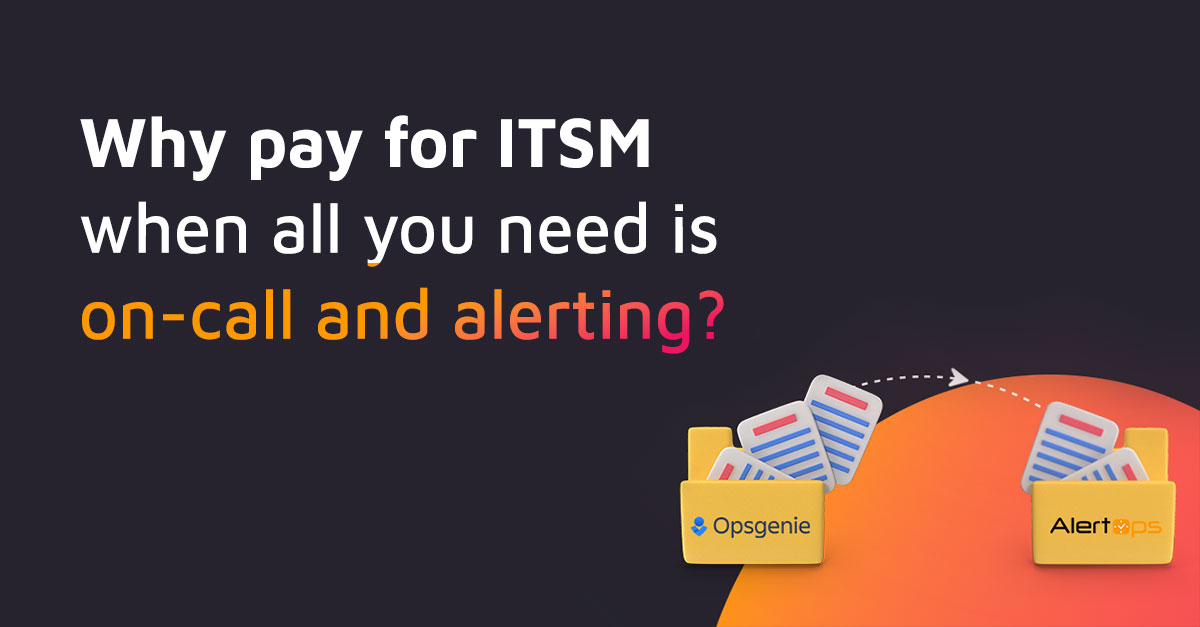Mean time to resolution (MTTR) is a crucial service-level metric for incident management teams.
This metric helps organizations evaluate the average amount of time between when an incident is reported and when an incident is fully resolved. And the higher an incident management team’s MTTR (Mean time to resolution), the more likely it becomes that an organization may suffer significant downtime and outages due to unresolved incidents.
To better understand the immediate and long-lasting impact of MTTR, let’s consider a real-world example.
Let’s say you’re an IT services provider with hundreds of clients and provide services via a SaaS monthly subscription model.
Your goal is to grow your business, but you also want to keep your current customer base happy by delivering the highest level of uptime.
To achieve your goals, you get the best monitoring tools available today, i.e. tools that ensure your servers aren’t overloaded, your websites are up and running, your server’s memory is within tolerance and much more.
But what happens if one of your servers’ crashes and brings down several of your websites at the same time?
Thanks to your state-of-the-art monitoring tools, an alert is generated almost immediately and sent to your primary support group’s email address. This is where the human element of incident management comes into play.
Now, let’s consider what will happen if your on-call IT support professional is out of the office. In all likelihood, this professional eventually will respond to the alert.
However, it may take your on-call IT support professional anywhere from a few minutes to several hours to address the alert and resolve the incident.
Meanwhile, if the incident escalates, it could cause downtime and outages that may negatively affect your organization, its employees and its customers.
But imagine what it would be like if you had an incident management system that simply didn’t stop with sending an email and washing its hands clean of the problem.
What if your alert management system was smart enough to add an automated voice call on top of the email for priority 1 level alerts? Or if it could add an SMS alert? Because when you’re living in today’s highly competitive global business landscape, can you really afford to lose even 30 minutes due to an unresolved incident?
Ultimately, MTTR is the most important metric that a services provider should be tracking.
You cannot stop catastrophes, but you can strive to resolve these incidents faster than ever before.
And with the right alert management system in place, you can ensure your entire support organization becomes one integrated unit that can easily collaborate and communicate with each other using different modes of communication, leading to improved MTTR.
As you explore incident management systems, think about MTTR. While there are lots of alert management tools on the market, choosing incident management software that delivers the perfect blend of customization and affordability could help you reduce your MTTR and limit the overall impact of critical incidents.
Want to explore AlertOps – Schedule a Demo Now



